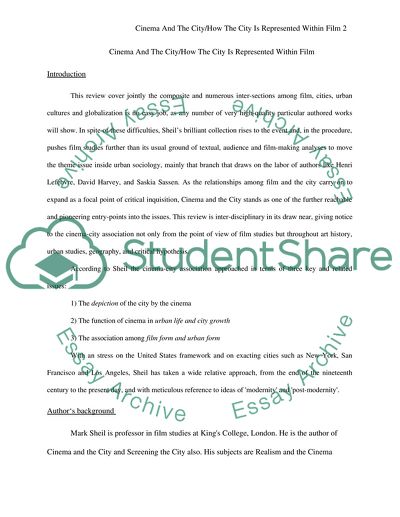Cite this document
(“Cinema And The City/How The City Is Represented Within Film Essay”, n.d.)
Cinema And The City/How The City Is Represented Within Film Essay. Retrieved from https://studentshare.org/visual-arts-film-studies/1537440-cinema-and-the-cityhow-the-city-is-represented-within-film
Cinema And The City/How The City Is Represented Within Film Essay. Retrieved from https://studentshare.org/visual-arts-film-studies/1537440-cinema-and-the-cityhow-the-city-is-represented-within-film
(Cinema And The City/How The City Is Represented Within Film Essay)
Cinema And The City/How The City Is Represented Within Film Essay. https://studentshare.org/visual-arts-film-studies/1537440-cinema-and-the-cityhow-the-city-is-represented-within-film.
Cinema And The City/How The City Is Represented Within Film Essay. https://studentshare.org/visual-arts-film-studies/1537440-cinema-and-the-cityhow-the-city-is-represented-within-film.
“Cinema And The City/How The City Is Represented Within Film Essay”, n.d. https://studentshare.org/visual-arts-film-studies/1537440-cinema-and-the-cityhow-the-city-is-represented-within-film.


